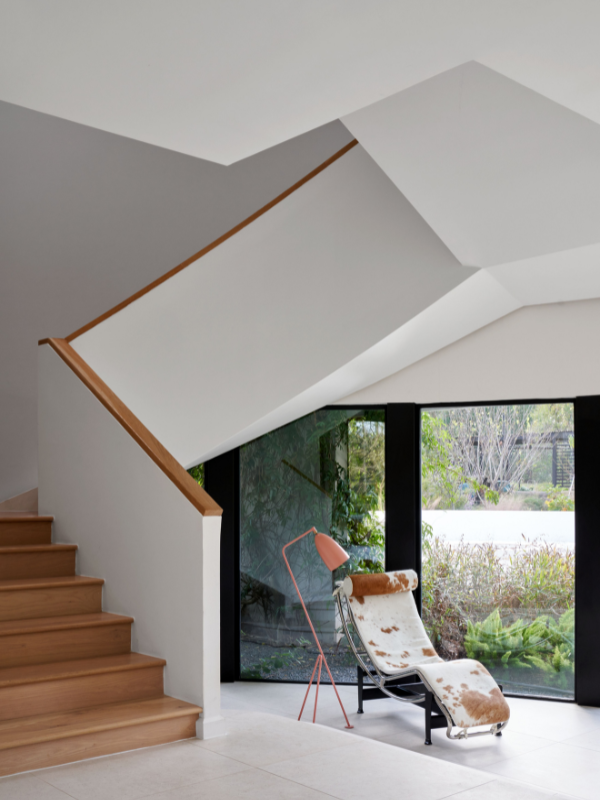Antique and vintage furniture can make any space feel timeless, but incorporating these pieces in modern, transitional, or contemporary interiors can be challenging. Whether you’ve inherited a family heirloom or stumbled upon an incredible piece in a vintage shop overseas, integrating antiques into today’s interiors requires a mix of creativity, confidence, and know-how. At Laura U Design Collective, we believe every antique or vintage piece deserves a second life. Sometimes, that means restoration. Other times, it means respecting the patina of age. And in yet other circumstances, it means a little reinvention. Below are our top tips for styling and sourcing antique or vintage furniture in your home.
How to Style Antique Furniture (and Source It) in 13 Simple Steps
#1 Reupholster Antique and Vintage Pieces with Damaged or Outdated Fabric
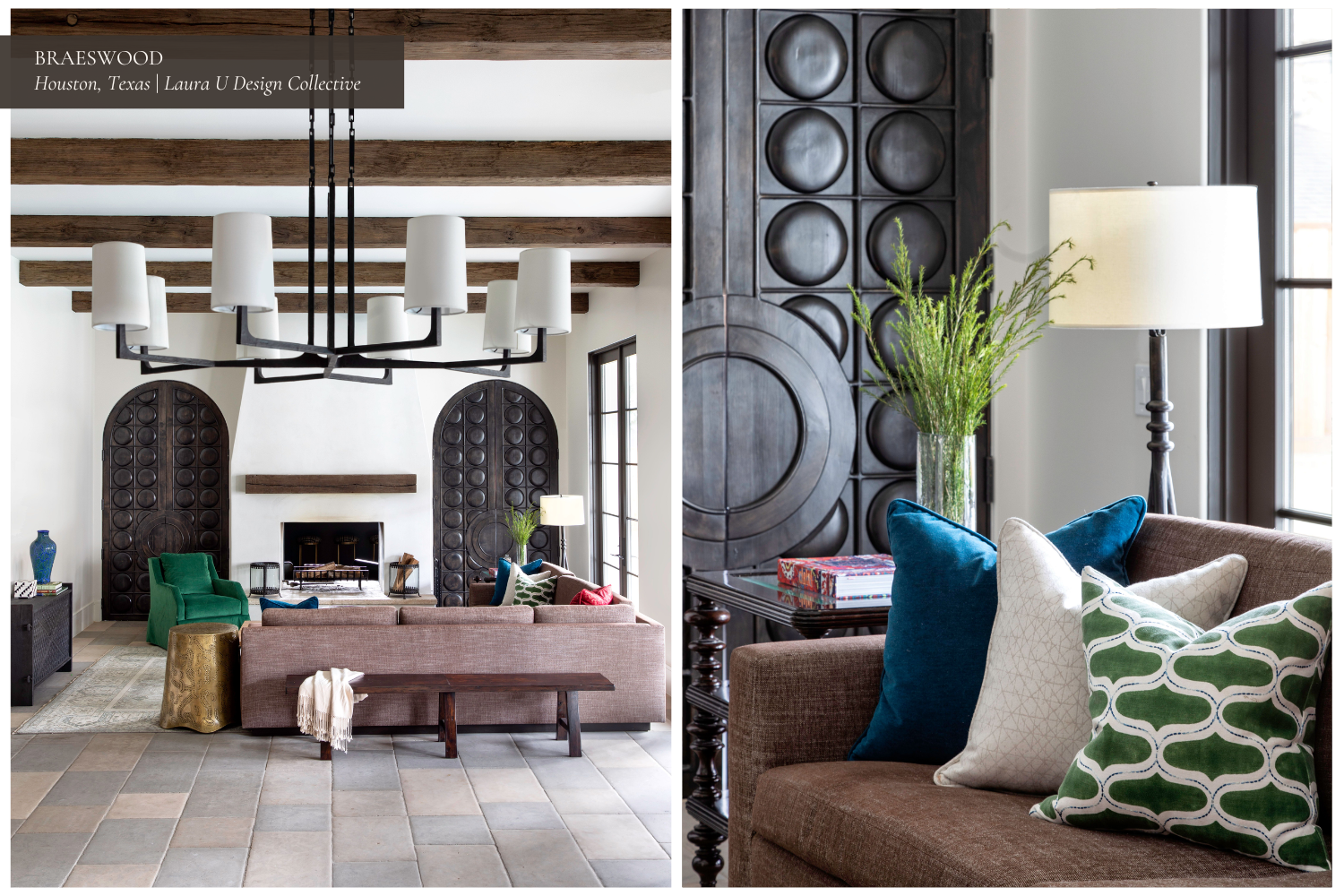
The beauty of antique furniture often lies in how it was made: the shape, the structure, and the craftsmanship. Don’t be discouraged by tired upholstery or faded fabrics; these do not define the future of your piece. A worn armchair or a tattered settee can be completely transformed with new material. Reupholstering allows you to preserve the integrity of a piece while updating its appearance to match your current space.
For example, we love pairing traditional frames with bold, modern fabrics or luxurious materials like velvet or mohair. Don’t shy away from colorful textiles, contrasting piping, unexpected textures, or even performance fabric, especially if you’re placing that piece in a high-traffic or highly visible area. This mix of old and new adds personality and keeps your home feeling layered instead of one-note.
Design Tip
Avoid reupholstering antique or vintage pieces on your own unless you are trained and have experience. When reupholstering, an expert will first assess the frame for sturdiness. We recommend partnering with a trusted upholsterer who can guide you through fabric choices, foam density, and historical integrity if preservation is important to you. For example, we often work with House + Town to reupholster existing pieces.
#2 Source from a Mix of Online and Local Vendors
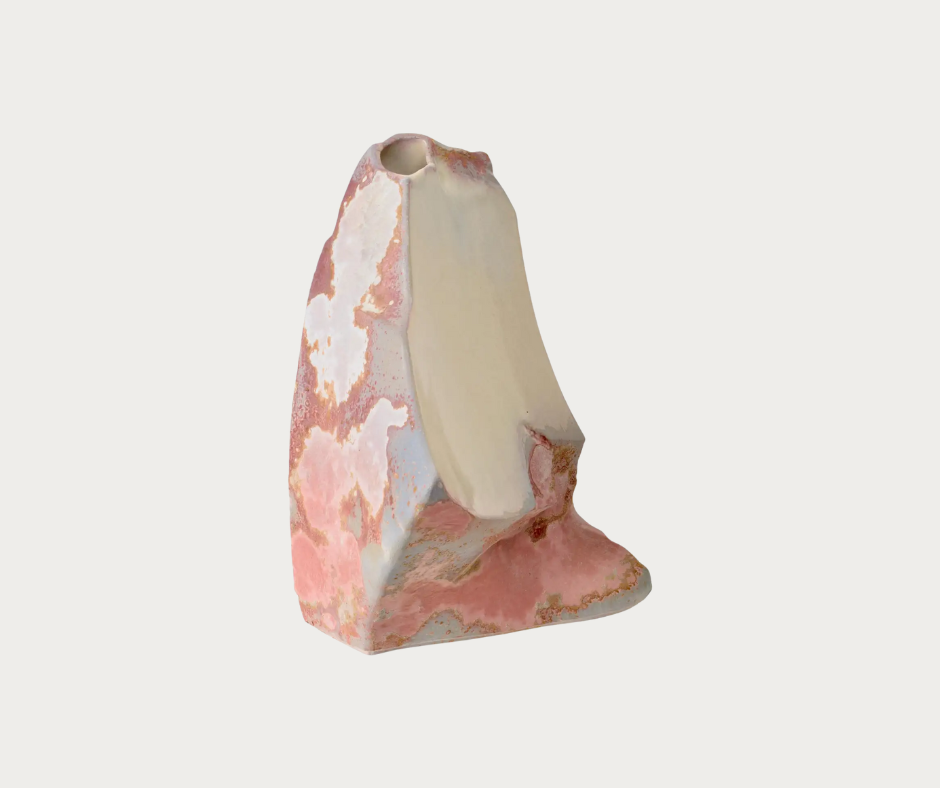
At Laura U Design Collective, we have sourced antique pieces from everywhere, whether that be local shops like Reeves Art + Design in Houston or online destinations like 1stDibs, LiveAuctioneers, and EBTH. These marketplaces make it easier than ever to find special vintage furniture, whether you seek campaign-style armchairs, Art Deco mirrors, Queen Anne sideboards, or mid-century ceramics.
Shopping in person allows you to assess condition, scale, and finish firsthand, while online sourcing gives you access to global inventory. Either way, ask questions about provenance and materials.
Design Tip
Populate a folder on your desktop or compose a digital mood board with screenshots of your favorite pieces, styles, or materials. This helps refine your aesthetic over time and keeps your eye trained as you browse.
As always, reach out to your designer if wishing to source more antique pieces for your home; they know all things vintage and can help you make appropriate selections.
#3 Blend Antique and Contemporary for a Collected Aesthetic
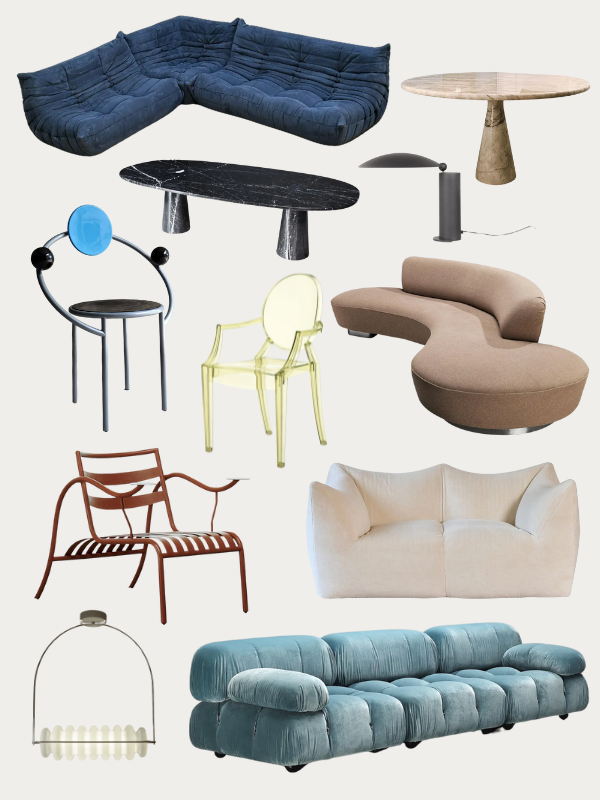
One of the best ways to style vintage furniture is by mixing it with modern pieces. In our French Modern and Southwest-inspired projects, we have layered vintage pieces with antique-inspired elements or contemporary art with mid-century chairs. This layering creates visual contrast and helps antique pieces feel fresh and current.
Seek recurring themes across your space: color palettes, finishes, silhouettes, or materials. For example, a gold-framed antique mirror might echo the warm tones in your rug or pendant lights. A patinaed armoire might pair perfectly with a sleek acrylic side table; the “unexpected” might be exactly what your space needs.
Design Tip
Use soft finishings like pillows or rugs to visually connect those eras. A vintage kilim or Persian rug can ground a sleek sectional and make a contemporary room feel more layered and curated.
#4 Repurpose Antique Storage and Display Pieces
Don’t limit yourself to applications of the past! Antique armoires, china cabinets, and buffets can often be repurposed as modern storage solutions. Designers have transformed old hutches into bar cabinets, wardrobes into office storage, and glass-front cabinets into book displays.
With the help of a designer or restorer, antique casegoods can feel completely renewed. However, it’s also important to respect the original materials and craftsmanship.
Design Tip
When converting older pieces, consider the scale and how they will be used practically. For instance, a Victorian china cabinet with curved glass might be the perfect display for contemporary ceramics or colorful glass. Adding lights can modernize its interior without compromising its character.
#5 Use Antique Accents for Texture and Storytelling
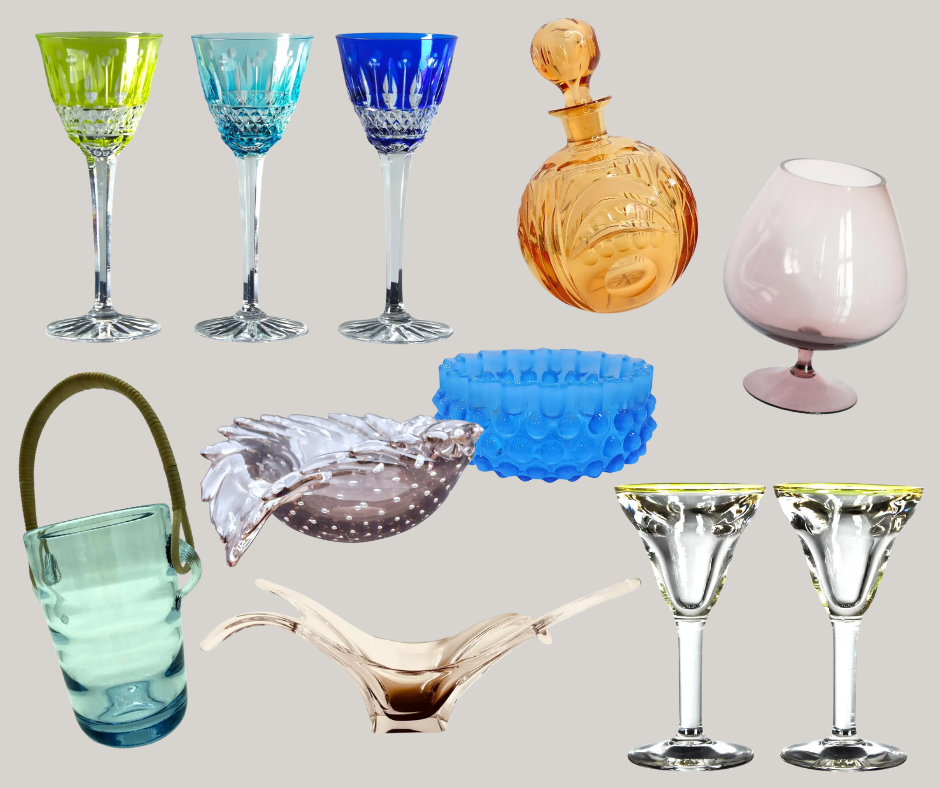
Not every vintage addition needs to be a major furniture piece. Accessories like carved boxes, brass candlesticks, vintage trays, antique glass, or old books instantly add character. These small items help balance more polished or modern spaces by infusing them with history and texture.
When selecting accents, choose pieces that feel meaningful; don’t just pick pieces to fill the space. We often source unique objects on client trips or use family heirlooms to build deeper connection into a home’s design. Even a single piece—a vintage map, a crystal lamp, or an old oil portrait—can spark conversation and set the desired tone.
Design Tip
Layer vintage accessories with new ones. For example, a sleek, contemporary console table from West Elm feels more special when paired with antique bronze figures, vintage prints, or an ornate mirror.
#6 Let Imperfection Add Charm
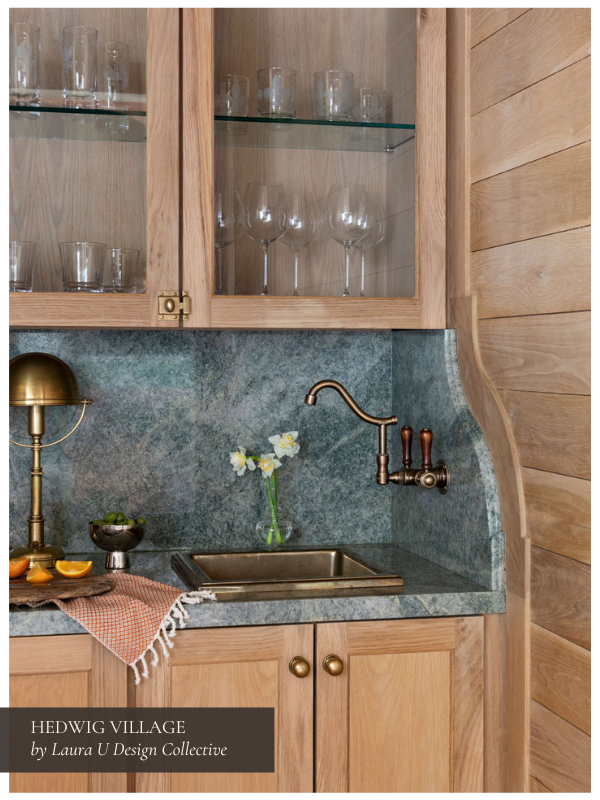
Scratches, dings, and patina aren’t always flaws. Rather than hiding a piece’s age, embrace it. Antique and vintage items bring history into your home; the wear they have experienced throughout their lives is part of their authenticity. Unless that damage compromises the piece’s structural integrity, small imperfections can actually enhance a piece’s appeal.
Design Tip
Use a mix of finishes in the room to normalize aged surfaces. A burnished brass lamp next to a slightly worn rosewood desk feels intentional, not accidental. Texture creates richness and makes your home feel lived-in rather than over-designed.
#7 Think Before You Paint
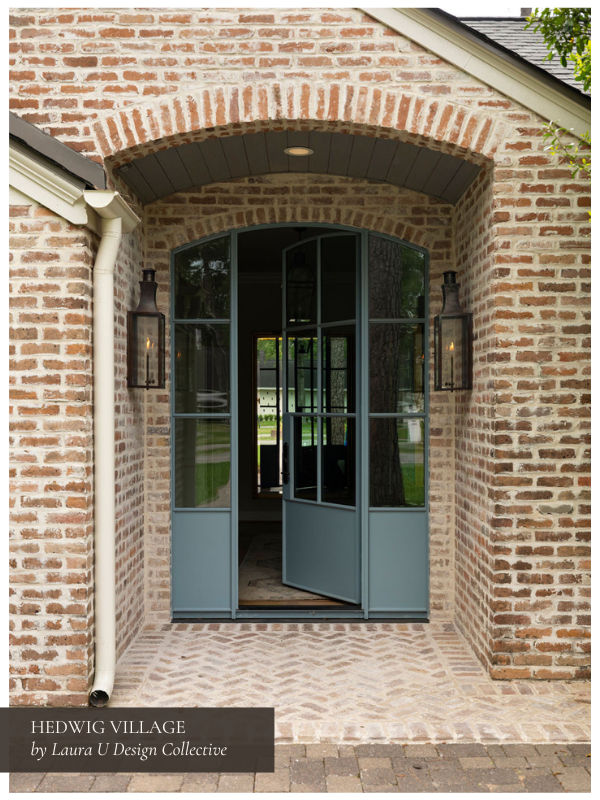
When you’re styling vintage furniture, it’s tempting to reach for a paintbrush as the first step in modernizing a piece. And while paint can be transformative—especially in contemporary interiors—it should be applied with care and consideration. Painting an antique piece may alter its historical significance, devalue its craftsmanship, or mask the character that makes it special in the first place.
Instead, start by evaluating what makes the piece unique. Is it the wooden frame, original brass or bronze mounts, intricate carvings, or perhaps a timeworn mahogany, oak, or rosewood patina that’s aged beautifully over the decades? When these materials are still in good condition, preserving the original finish can protect the story and charm that define truly unique furniture.

If you still feel like the item doesn’t quite “fit” in your space, consider less permanent ways to bring it into your home’s aesthetic. Try re-styling the room around it with rugs, art, prints, or updated lighting. Creating a new mood board that includes both your vintage pieces and newer accents from brands like West Elm can help pair the old with the new. Sometimes, contrast is what gives a room its most chic and curated aesthetic.
That said, there are exceptions.
Design Tip
If you’re unsure whether a piece holds value, is of European origin, or contains delicate features like Queen Anne legs, glass inlays, or applied bronze, consult a restoration expert. Many antique beds, tables, and large pieces can be authenticated and even gently restored—giving you the chance to explore their full history before reaching for the paint.
#8 Focus on Scale and Placement
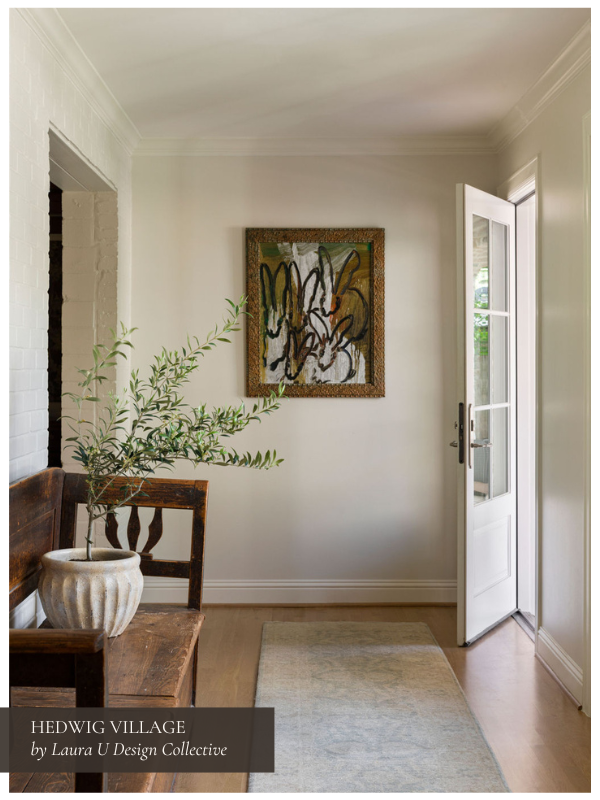
Antique furniture often has different proportions than modern pieces. A high-backed Queen Anne chair, for instance, might tower above a low-profile contemporary sofa. Likewise, a narrow vintage console may feel dainty next to oversized upholstered seating. But that doesn’t mean these pieces can’t work beautifully in your home. It just means placement and pairing require a bit more intentionality.
Think about the function of your room and how traffic moves through it. If the antique piece is smaller, consider floating it away from the wall, flanking it with sculptural modern lighting, or placing it in an entryway or hallway where large pieces wouldn’t fit. Larger pieces—like mahogany sideboards or antique beds—may require a cleaner visual environment so they don’t overpower the room.
Design Tip
When placing antique furniture, balance scale by introducing modern furnishings that contrast or complement the piece’s size. If your antique table feels heavy, surround it with lightweight acrylic or glass chairs. This helps create visual lightness and keeps the space feeling chic, not cluttered.
#9 Use Mirrors and Lighting for Drama
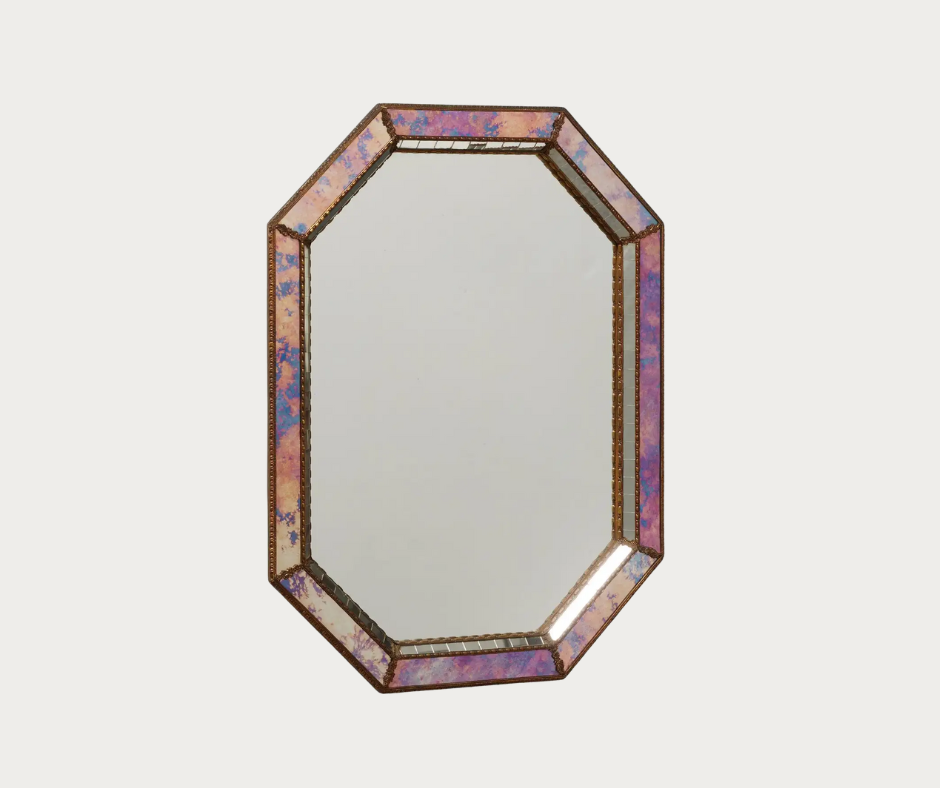
Vintage mirrors, especially those with intricate carvings, etched glass, or gilded frames, do more than reflect light—they reflect history. Whether it’s a Victorian trumeau mirror or a mid-century starburst style, antique mirrors bring drama, elegance, and texture to a space.
Pairing them with antique or vintage lighting—like Murano sconces, a brass chandelier, or a delicate crystal lamp—can help establish focal points in your home. Mirrors and lighting have a unique way of creating visual rhythm. They bounce light, extend sightlines, and make rooms feel taller and more dimensional.
Design Tip
Use a large mirror opposite a window or above a fireplace to expand a room visually. For extra drama, layer mirrors with contemporary art, or hang one above a sleek console for a perfect high-low moment.
#10 Incorporate One Statement Antique Per Room
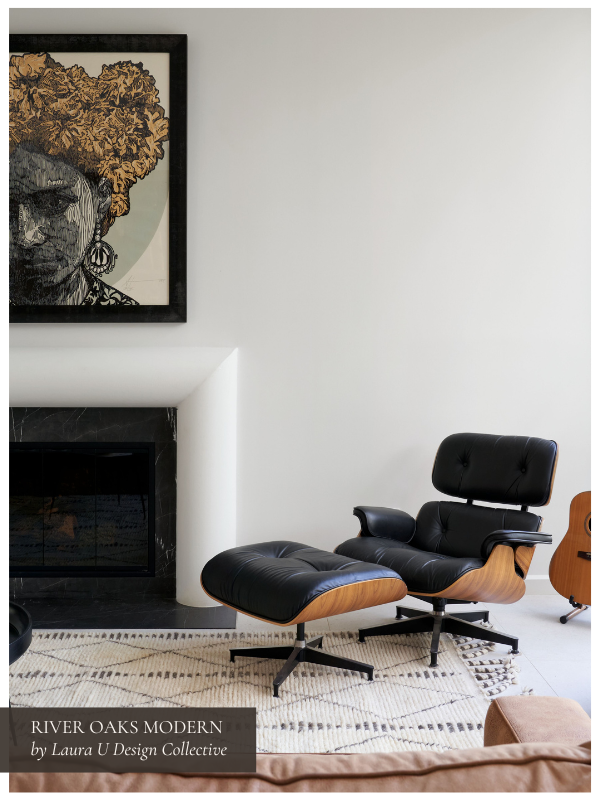
One of the easiest ways to bring antiques into a modern home is to give each room a single meaningful piece. This could be a richly carved rosewood armoire, an antique leather club chair, or an ornate side table with brass details and curved legs. This technique avoids visual clutter and lets your special pieces breathe.
We often design around statement pieces, using color, shape, or materials from the antique to inform the rest of the room. For example, a wooden frame with intricate detailing might inspire millwork, trim, or custom upholstery selections.
Design Tip
Don’t be afraid to let one antique piece pull together an otherwise contemporary room. Create a mood board to explore how vintage and modern styles might mix through rugs, textiles, and accessories.
#11 Keep a Running Wishlist
Antique and vintage shopping isn’t a one-and-done process. It’s a long game—and one that rewards patience. We recommend keeping a digital or physical wishlist that includes not just the item name but the dimensions, preferred materials, style influences (Victorian, Art Deco, Queen Anne), and potential placement in your home.
This helps you stay focused and avoid impulse purchases, while also preparing you to act quickly when the right piece pops up—whether you find it online at 1stDibs or in stock at a weekend flea market.
Design Tip
Pin listings or create a shared album with your designer so they can keep an eye out when browsing markets like Round Top or High Point. Shopping with your wishlist in hand makes sourcing both more fun and more strategic.
#12 Trust Your Eye and Intuition
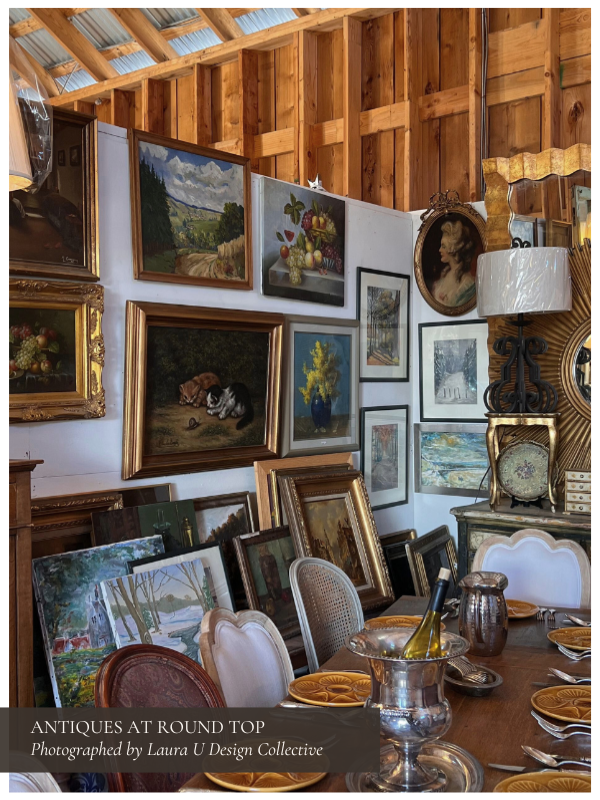
When it comes to antique and vintage furniture, instinct matters a lot. If a piece stops you in your tracks and you can’t stop thinking about it, it’s probably the one. Whether it’s a certain texture, wood grain, unusual silhouette, or the history it embodies, that emotional pull is often a sign that the piece belongs in your home.
And while it’s good to be informed about price, condition, and provenance, don’t overthink every purchase. You’re not just furnishing a house—you’re building a story.
Design Tip
If you’re unsure, photograph the piece and sit with it for a day or two. Share it with your designer. If it still excites you, find a way to make it work. With a little creative styling, even the quirkiest finds can work in your space.
#13 Ask Your Designer What They’ve Seen at Round Top, High Point, and Other Markets
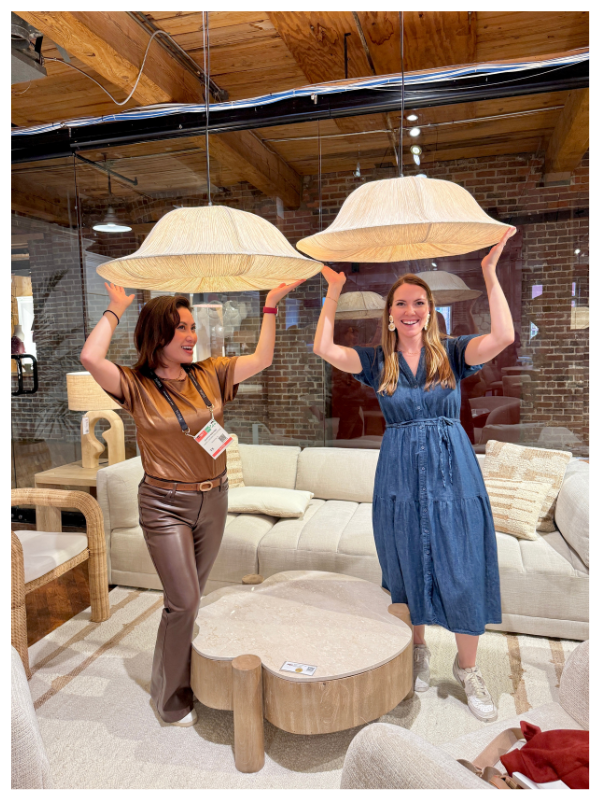
Designers often source directly from trade-only markets like Round Top, High Point, and Maison & Objet. These events offer designers exclusive access to vintage dealers, rare European imports, and one-of-a-kind finds that never hit mainstream online platforms.
At Laura U Design Collective, we regularly attend these markets to source antique pieces that clients wouldn’t be able to find themselves. If you’re working with a designer, ask them to share photos, vendor recommendations, and recent finds.
Design Tip
Be clear about what you love—whether it’s brass and glass, French country charm, or clean-lined Scandinavian rosewood. The more your designer knows, the easier it is to find pieces that match your aesthetic, fit your space, and tell your story.
Final Takeaways
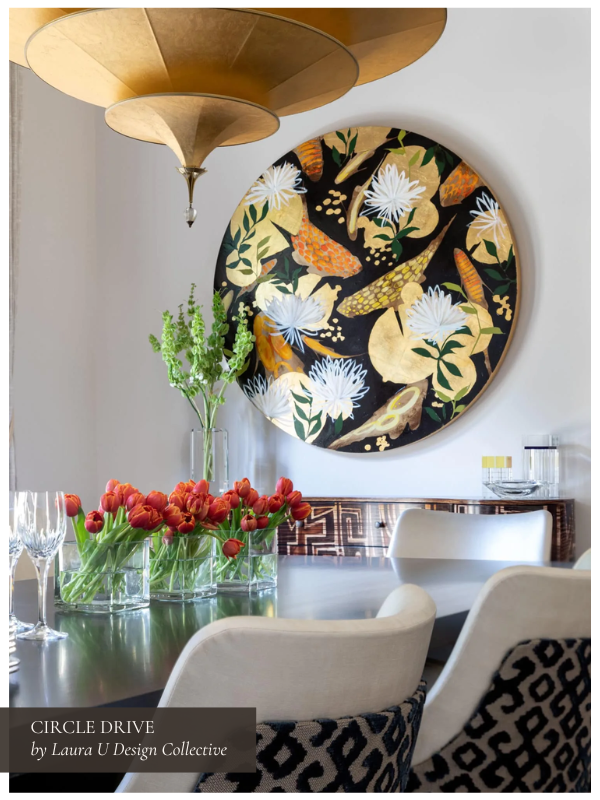
Incorporating antique and vintage furniture into your home might seem like an exercise in nostalgia, but, in some ways, it is more of a design philosophy. When thoughtfully layered, these storied pieces define a space. They add character, history, and personality. A Queen Anne chair beside a clean-lined sofa, a rosewood sideboard beneath contemporary art…these contrasts are what give a space soul. Whether you’re scouring flea markets in Paris or browsing online at midnight, trust your intuition and your designer. Together, you can create a space that feels special, unique, and timeless.



